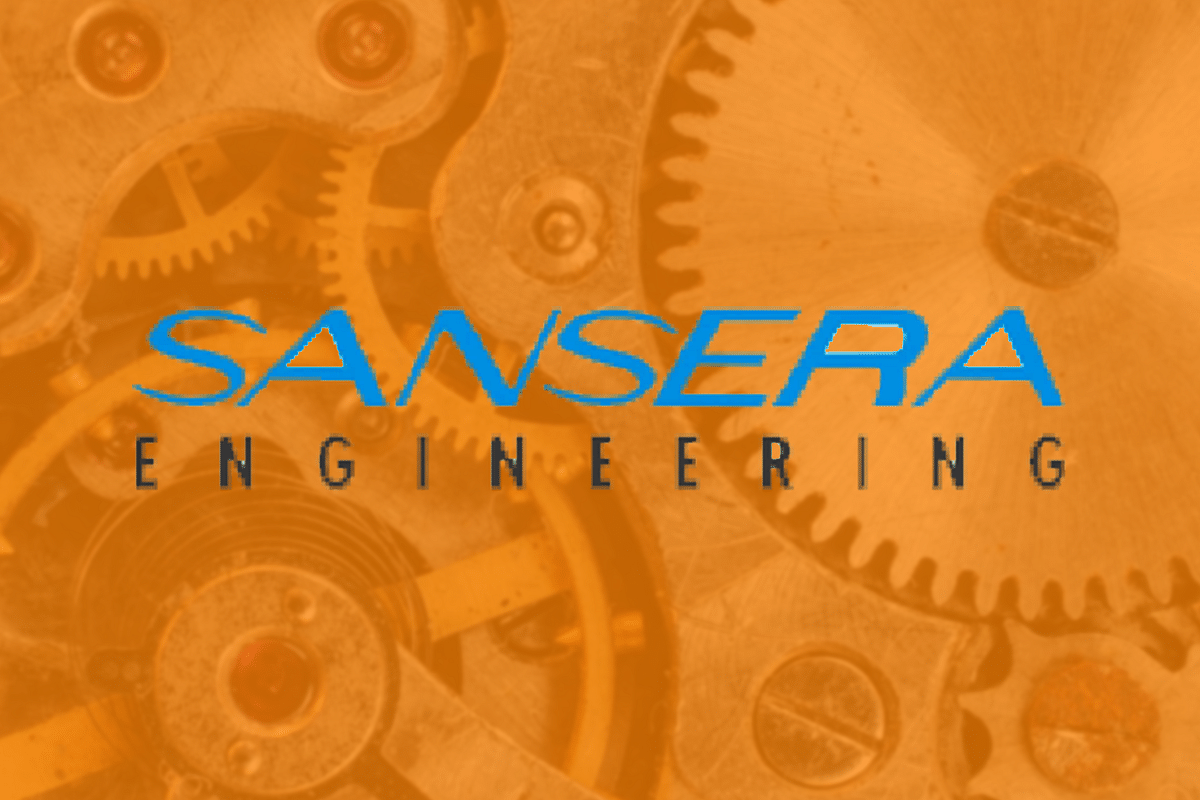Business
Sansera Engineering IPO: What An Investor Needs To Know
- SEL manufactures and supplies a wide range of precision components and assemblies for the automotive sector.
- The company produces engine, transmission, suspension, braking, chassis and other systems for the two-wheelers, passenger vehicle and commercial vehicle verticals.

Sansera Engineering Limited IPO
Sansera Engineering Limited (SEL) manufactures several components across the automotive and non-automotive sectors. The IPO will be an offer for sale of Rs 1282.98 crore by existing shareholders, and the company will not receive proceeds from the IPO.
SEL manufactures and supplies a wide range of precision components and assemblies for the automotive sector. The company produces engine, transmission, suspension, braking, chassis and other systems for the two-wheelers, passenger vehicle and commercial vehicle verticals.
Within the non-automotive sector, SEL manufactures a wide range of precision components for the aerospace, agriculture, engineering, capital goods and other segments.
The company has been gaining market share in the light vehicles and commercial vehicle segment. The company’s key products are connecting rods, rocker arms, crankshafts, integral crankshafts, gear shifter fork etc.
For Fiscal 2021, they generated 88 per cent, and 12 per cent of their revenue from the automotive sector and non-automotive sectors, respectively.
The company has built long-standing relationships with OEM manufacturers. In the two-wheeler vertical - over 20 years with Honda Motorcycle and Scooter India Limited, 25 fiscal years with Bajaj Auto and over 20 years with Yamaha, some of the largest 2-wheeler Indian OEMs in terms of domestic production volume for fiscal 2021.
In the passenger vehicle vertical, SEL has developed relationships spanning more than 30 years with Maruti Suzuki, and a 10-year relationship with one of the leading North American passenger vehicle OEM. As of July 31, 2021, SEL had 16 manufacturing facilities — 15 in India and one in Sweden.
While the companies revenues have de-grown over the last three years due to the pandemic and the slowdown in the sector, the company is seeing a recovery in demand. Operating margins have remained stable at around 15-17 per cent over the past three years.
The business is capital intensive, and the company has taken up debt to fund its expansion. Yet, the company has been reducing its net debt to equity ratio from 0.8 to 0.5 over the last three years.
Key Risks
Client Concentration
Capital Intensive Business
The company’s business is very capital intensive, which implies high capital expenditure with higher debt and high fixed cost expenses. If the company’s production volumes do not cross a critical limit, the company might have to struggle with lower margins. High volume of production helps the company to tide over the fixed costs.
Changes in Industry Trends
SEL’s future growth depends on its ability to continue to keep up with changing trends and develop new automotive systems that can be commercialised.
For instance, SEL’s key products, such as connecting rods and crankshafts from which contribute to a majority of its revenues are not used in manufacturing battery electric vehicles. Changes in consumers’ preferences, regulatory or industry requirements, or competitive technologies may render certain of its products obsolete or less attractive.
Supply Constraints
The company depends on third party suppliers for raw materials and already assembled components. Further, SEL does not have long-term supply contracts with suppliers for the supply of raw materials. Therefore, a loss of suppliers, supply chain constraints or raw material price volatility might have an adverse effect on its business.
Debt
A substantial portion of company’s assets are hypothecated or mortgaged in favour of lenders as security for some of its fund-based and non-fund-based borrowings. Lenders may enforce the security in the event of failure to service debt obligations.
As of April 30, 2021, company had total secured fund and non-fund-based borrowings of Rs 623.13 crore. Nevertheless, the company has been lowering its debt.
Introducing ElectionsHQ + 50 Ground Reports Project
The 2024 elections might seem easy to guess, but there are some important questions that shouldn't be missed.
Do freebies still sway voters? Do people prioritise infrastructure when voting? How will Punjab vote?
The answers to these questions provide great insights into where we, as a country, are headed in the years to come.
Swarajya is starting a project with an aim to do 50 solid ground stories and a smart commentary service on WhatsApp, a one-of-a-kind. We'd love your support during this election season.
Click below to contribute.
Latest